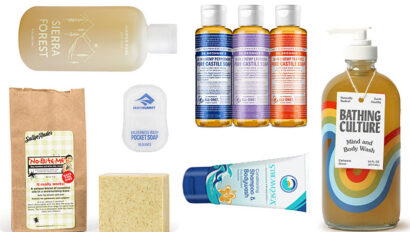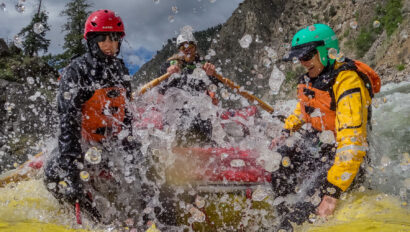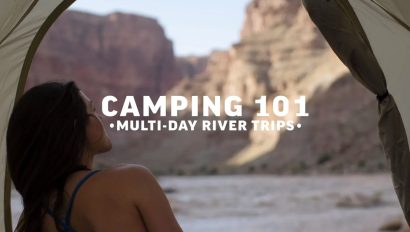How to Avoid Sunburn on a River Trip
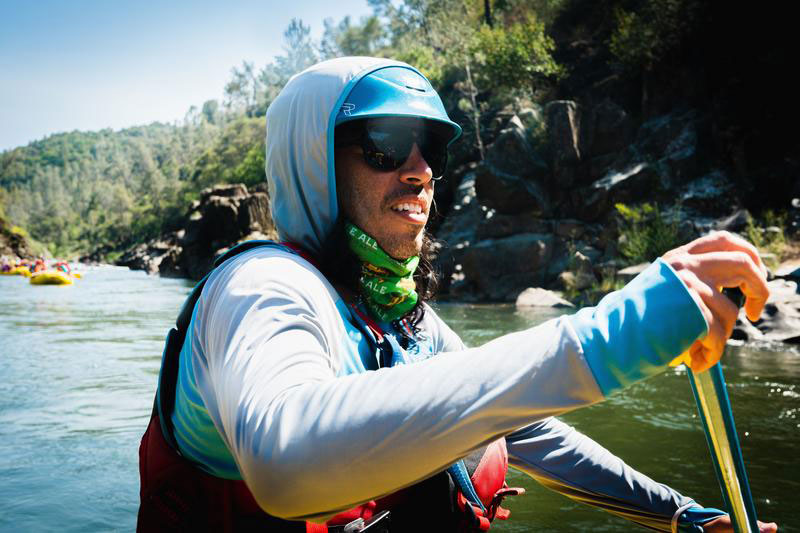

Nothing ruins a river trip like sunburn. As a blue-eyed, fair-skinned, classic redhead who loves the sun and outdoors, I have had my fair share of dramatic burns. There was the backcountry ski hut trip last April when I foolishly took off my hat and ended up with second-degree burns on my forehead. Or that day a couple of summers ago, when I boated without a dry top or long-sleeve shirt between my PFD and swimsuit, and ended up with a sunburn that lasted well over a week. My rosy cheeks and crispy shoulders have long been the subject of my adventure partners’ jokes and sympathy, but along the way, I’ve learned a few things from my mistakes about how to avoid sunburn.
Here’s how to cover up and save yourself the pain, humiliation, and inconvenience of a bad burn, not to mention the long-term risks associated with sun exposure.
7 Tips to Protect Yourself from the Sun on a Rafting Trip
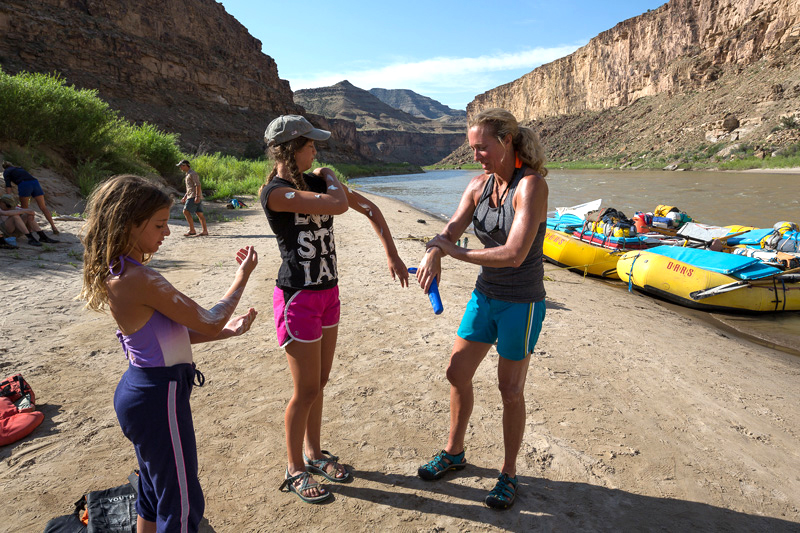
1) Slather on the Sunscreen…Mindfully
It probably goes without saying that you should never hit the river (or any outdoor activity) without sunscreen. However, not all sunscreens are created equal. Most popular sunscreens on the market are made with chemicals like oxybenzone and octinoxate, which react with your skin to block the sun’s harmful rays. These work well, but there’s a growing concern about how these chemicals affect our health and the environment. After seeing these kinds of sunscreens take the finish off a linoleum floor, I still use them if I am in a pinch but try to rely on eco-friendly sunscreens which are made mostly of ingredients like Zinc Oxide. These sunscreens are primarily mineral-based and make my face a little white, and I reapply them more frequently, but I think overall they are a safer and more environmentally-responsible option. On that note, I also occasionally use spray-on sunscreens but try to limit my dependence on them, again, for health and environmental concerns. If you do use a spray-on sunscreen, be sure to spray twice because it’s easy to miss a spot.
Regardless of what kind of sunscreen you use, the risk of not applying anything at all outweighs the risks associated with sun exposure. Anyone and everyone is at risk for skin cancer, no matter their pigment or skin tone.
2) Become a Hat Person
I wasn’t always someone who felt comfortable in a hat, but now I feel weird if I leave home without one. Find the style of hat that works best for you. My go-to’s are colorful Prana or Big Truck trucker hats, but I think a basic ball cap or even an inexpensive wide-brim straw hat does the trick. Just remember to consider the level of the river you plan to paddle and know that you might be wearing a helmet that you’ll have to stuff your hat into. If you get out on the water a ton, you can invest in a whitewater helmet with a visor.
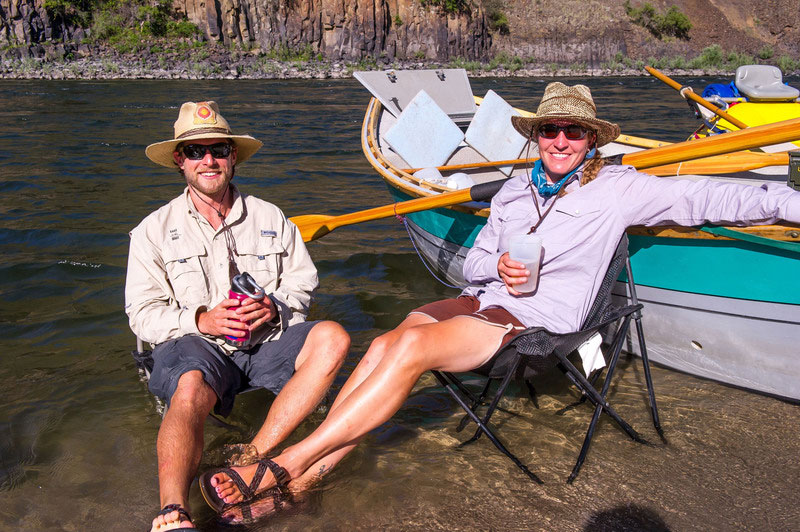
3) Invest in UV-Rated Layers
Because of my love-hate relationship with a lot of readily available sunscreens on the market, I try to be smart about the layers I wear in the summer. My go-to piece for summer outdoor adventures is a sun hoody like this one from NRS that shields my arms, neck, and torso from UV rays. I pair it with a trucker hat and keep the hood up, and nearly my entire upper body is safe from the sun. There are plenty of other types of UV-protective clothing for both genders, from button-ups to dresses to pants. I also like this type of sun protection because when I sweat, I don’t like the added stickiness of sunscreen coating my skin, and I find that most of this kind of clothing comes in very lightweight, moisture-wicking material that actually keeps you cooler.
4) Expand Your Accessories
There are plenty of other ways to shade yourself. Consider adding a Buff or neck gaiter to your gear list. Lightweight gloves, like you’ll see some guides wearing, can also protect the back of your hands. The places we are most likely to develop skin cancer or see evidence of sun damage aren’t always the places we expect. My shoulders, forearms, knees, and the tops of my feet are more likely to tan whereas my stomach, thighs, and whiter areas always burn. The areas that tan see more sun on my day-to-day routine—driving, running, walking the dog—meaning that that tan area is really just an indication of increased sun exposure and should be protected accordingly.
5) Always Take Advantage of Shade
You can slather on sunscreen and cover your body, but the old-fashioned sun protection trick of sitting in the shade should not be underestimated. The sun is fiercest between the hours of 10 am and 4 pm. Consider how much sun you have gotten, and when available, always opt for the shade to help avoid sunburn and stay cool.
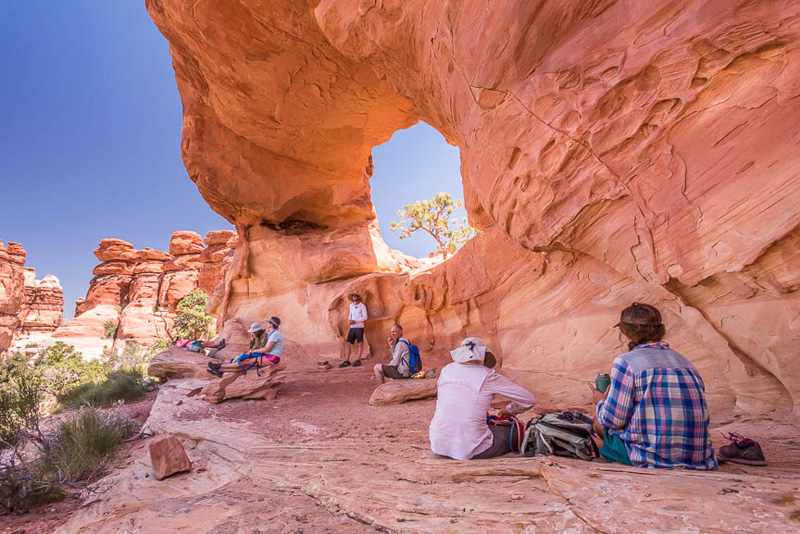
6) Polarized Glasses Are a Game Changer
There’s bad news for those of us who like to be outside and on the water. The more time we spend squinting at upcoming rapids or watching the light reflect off the water, the worse our vision gets. I relied primarily on free or inexpensive gas station sunglasses for years before I ended up with my first pair of quality sunglasses like the Rheos sunglasses I wear now. Not only do they stave off a few wrinkles from all that squinting I used to do, they actually make a huge difference in terms of how well I can see the water. Also, I wear contacts, and having sunglasses on while paddling is an added level of protection from water splashing in and making them slide out of place.
7) Stay Hydrated, Stay Cool
If there’s one thing that’s worse than a bad sunburn, it’s having a bad sunburn and being dehydrated. The two can feed off each other and make both feel worse. Plus, long stints of sun exposure puts you at risk for sunstroke. Drinking plenty of water throughout the day is the best preventative measure. As my paramedic father would tell me growing up, if you are thirsty you are already dehydrated. Start drinking more water several days prior to a big trip, plus follow these simple hydration tips while you’re on the river, and you’ll be able to beat the heat and have an incredible trip.
Photos: Desolation Canyon – Whit Richardson, South Fork American River guide – Michael McSherry, Canyonlands National Park – James Kaiser, Lower Salmon River trip – James Kaiser
Related Posts
Sign up for Our Newsletter

